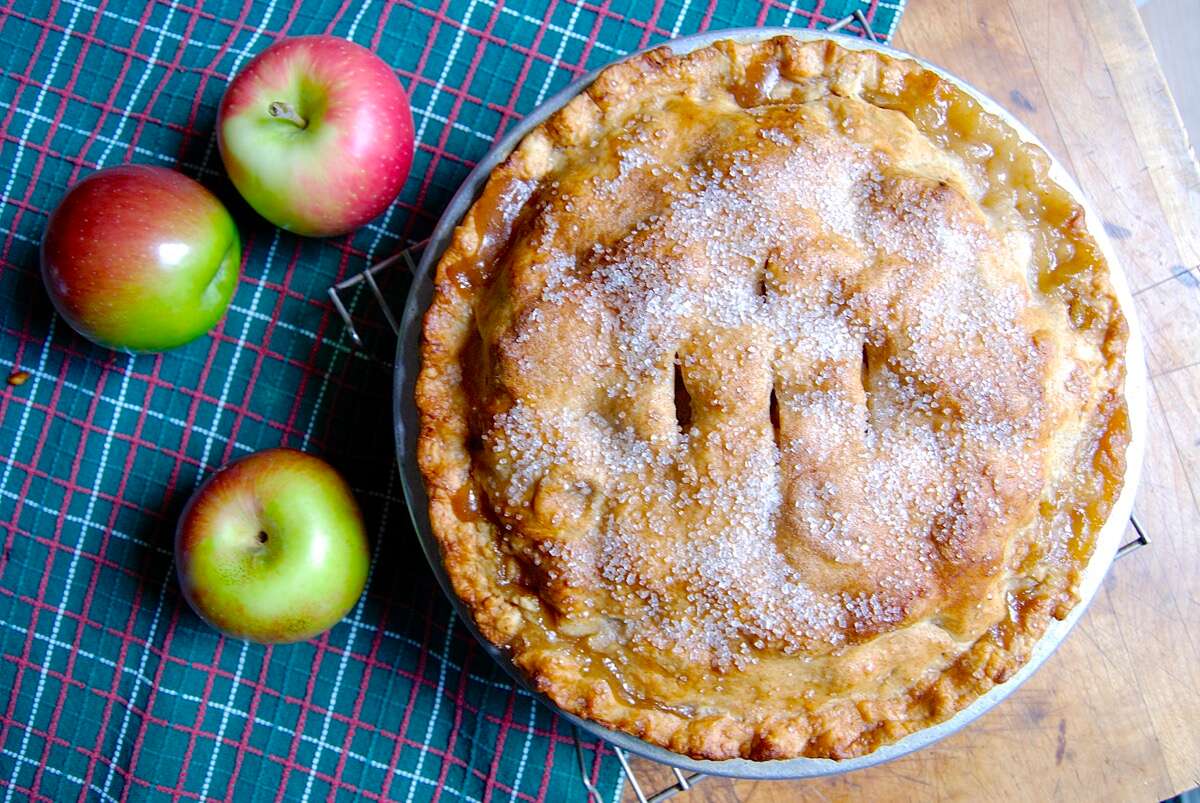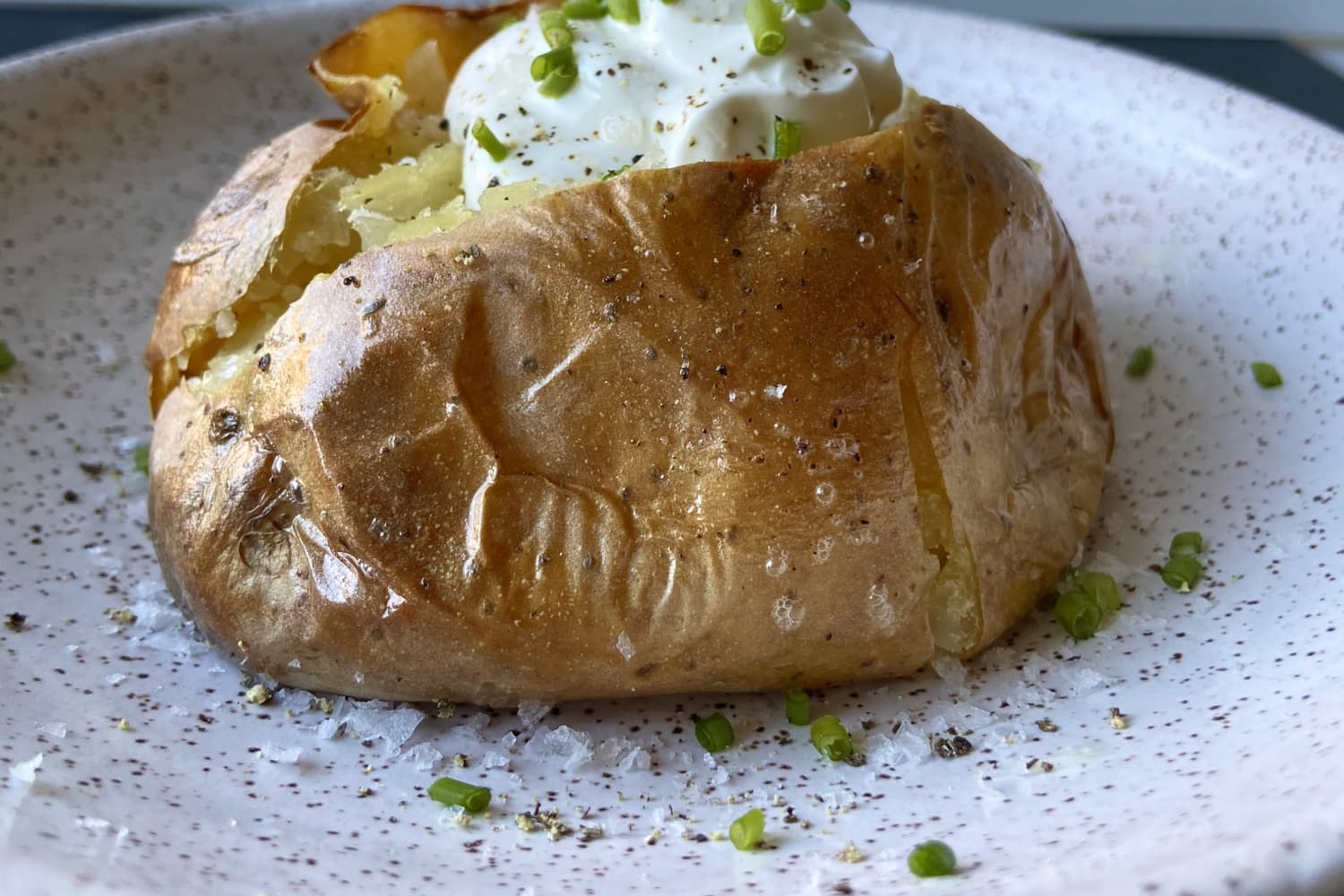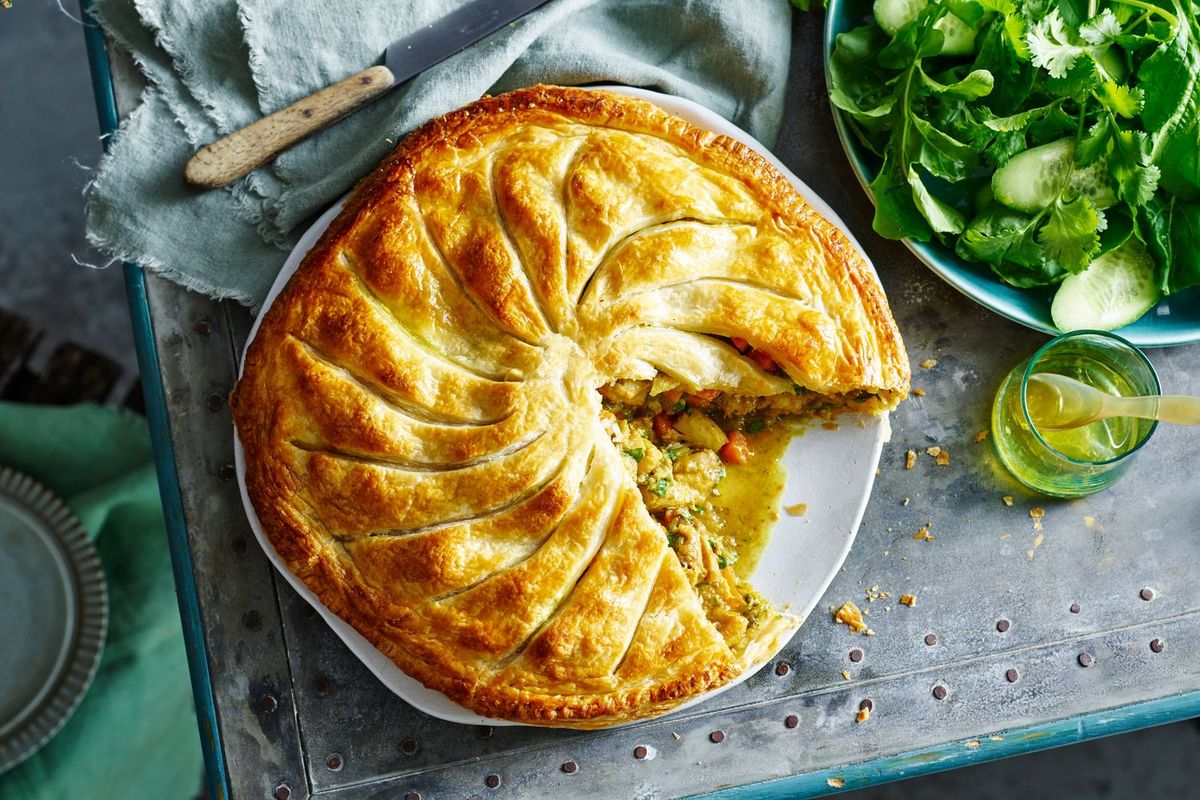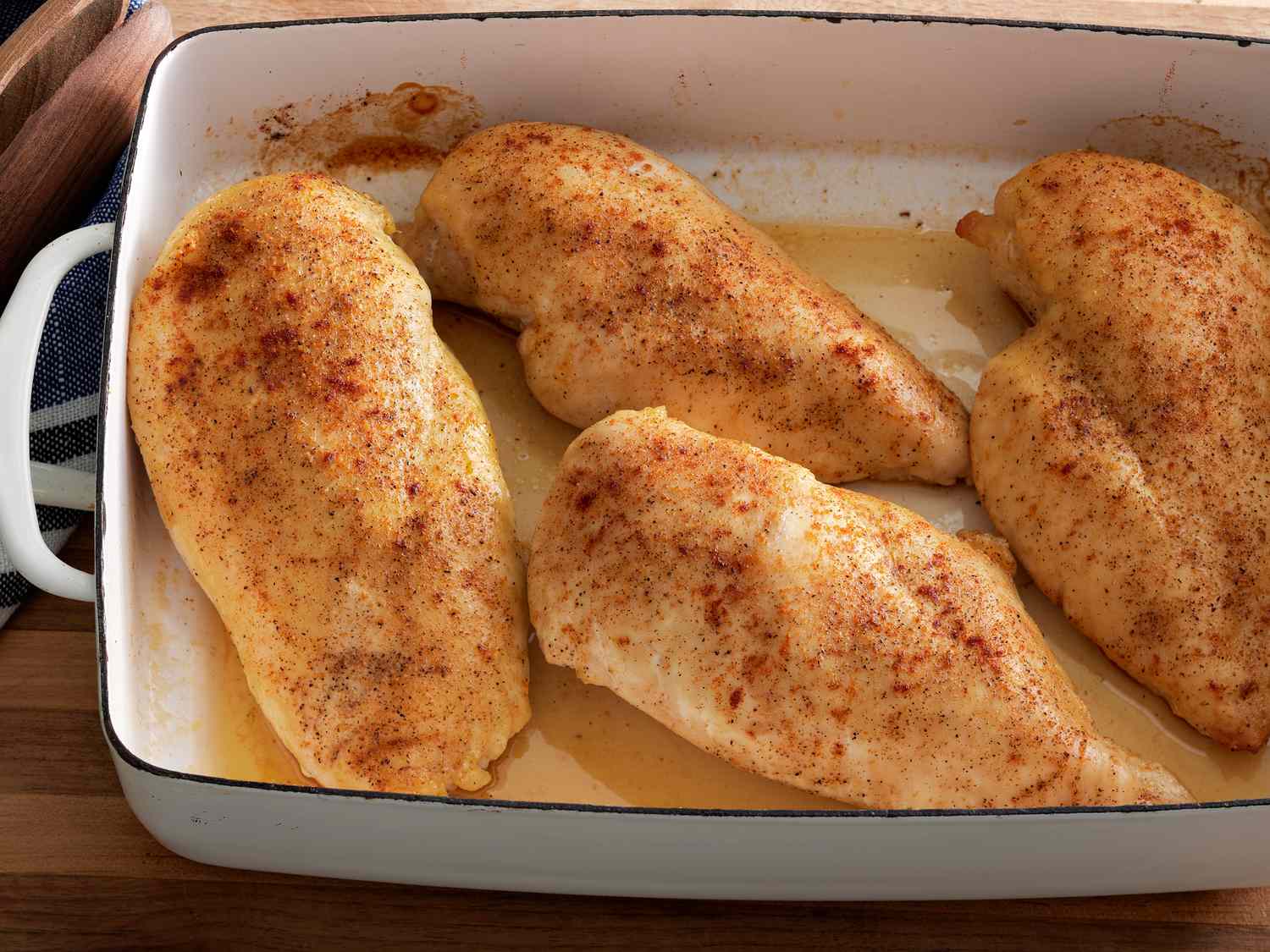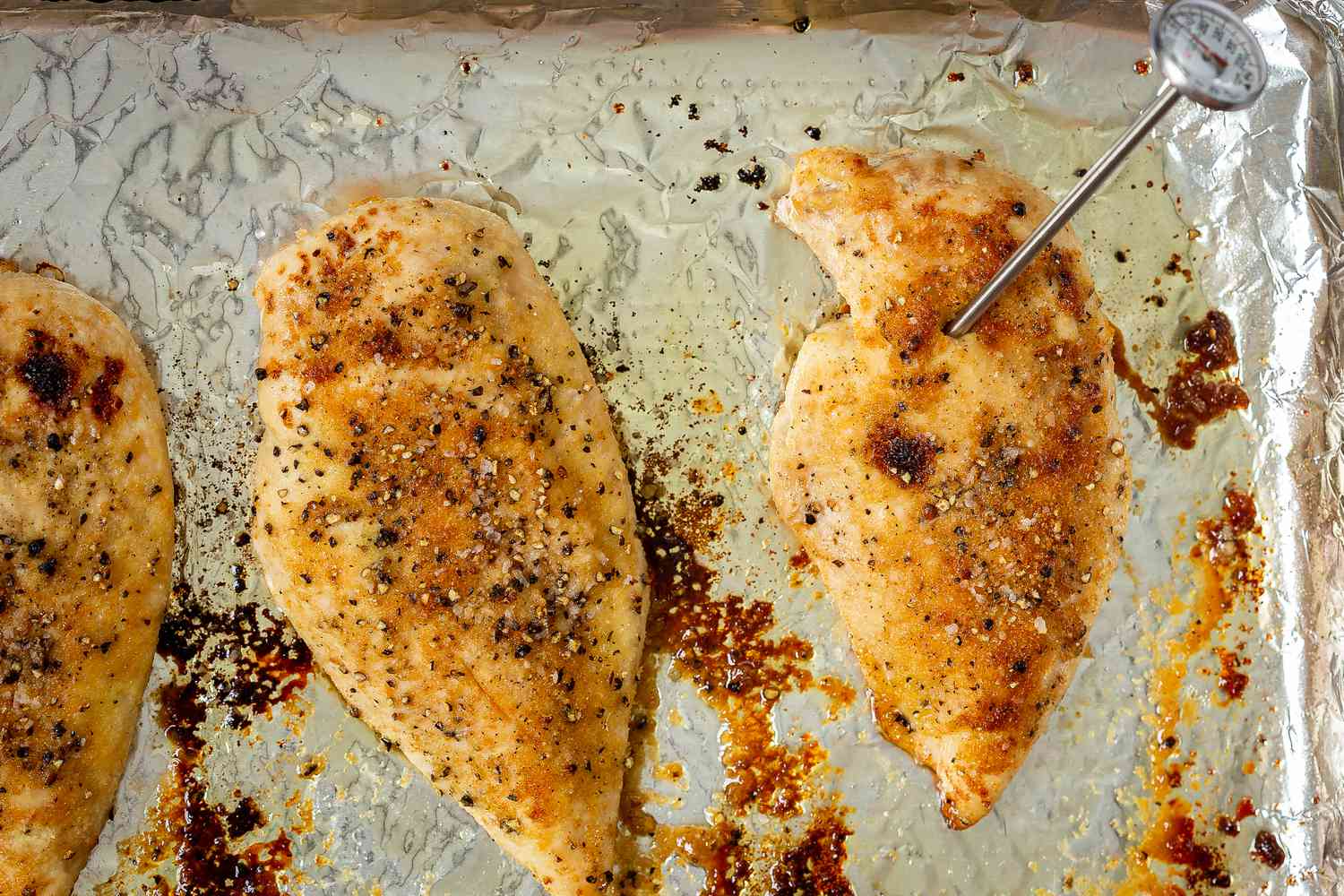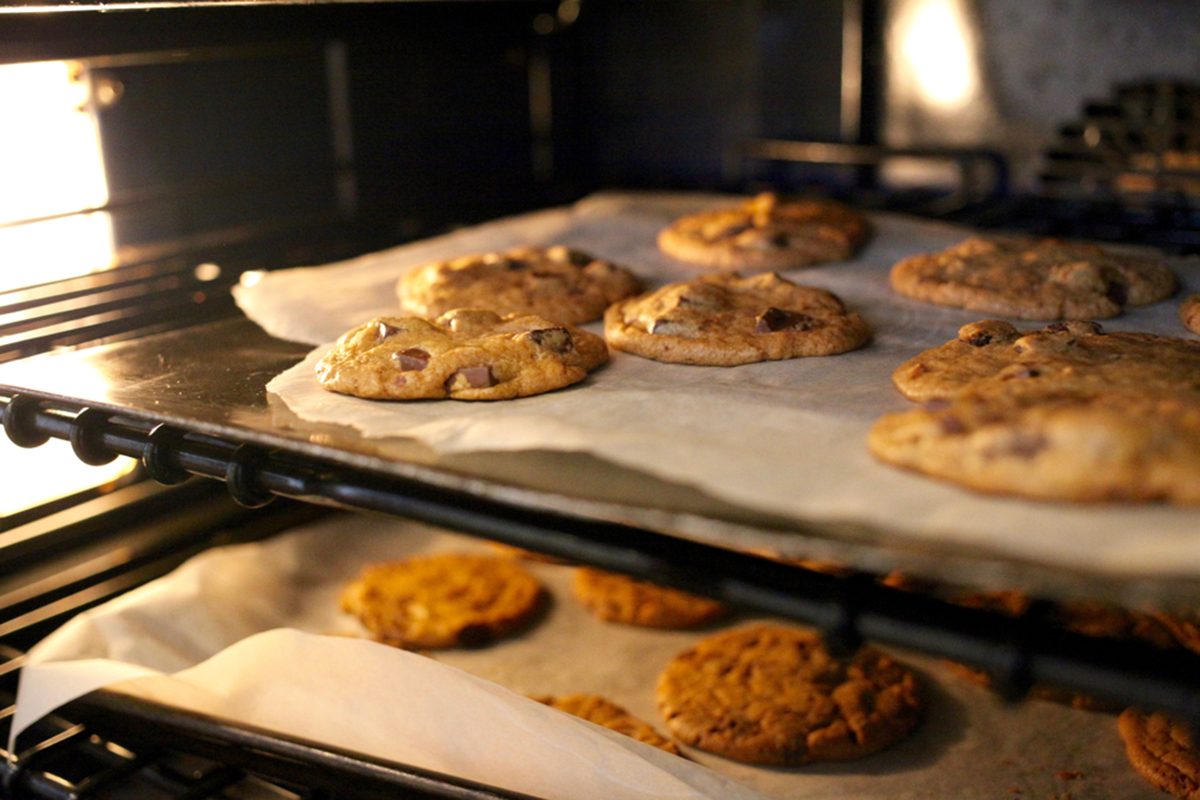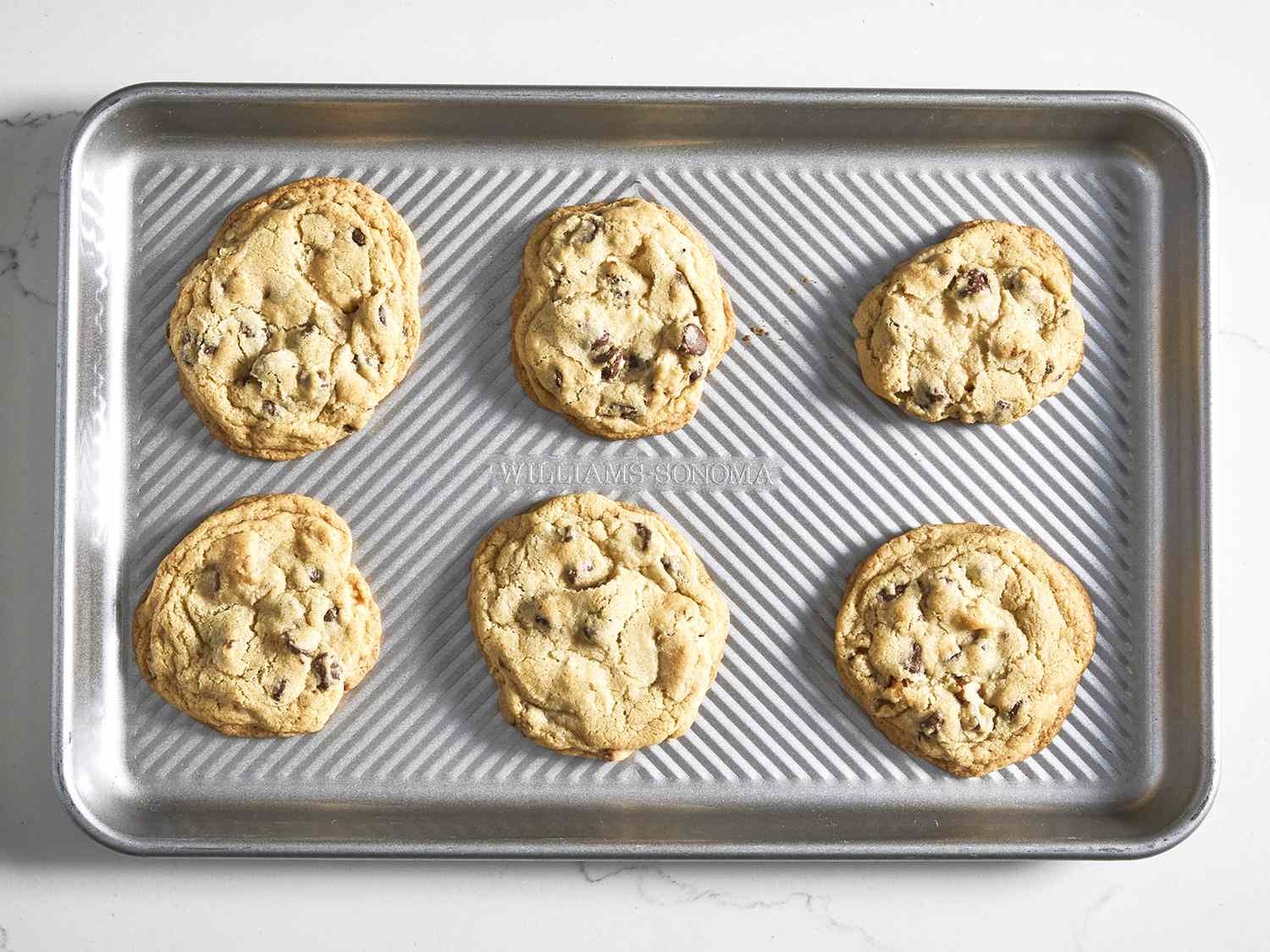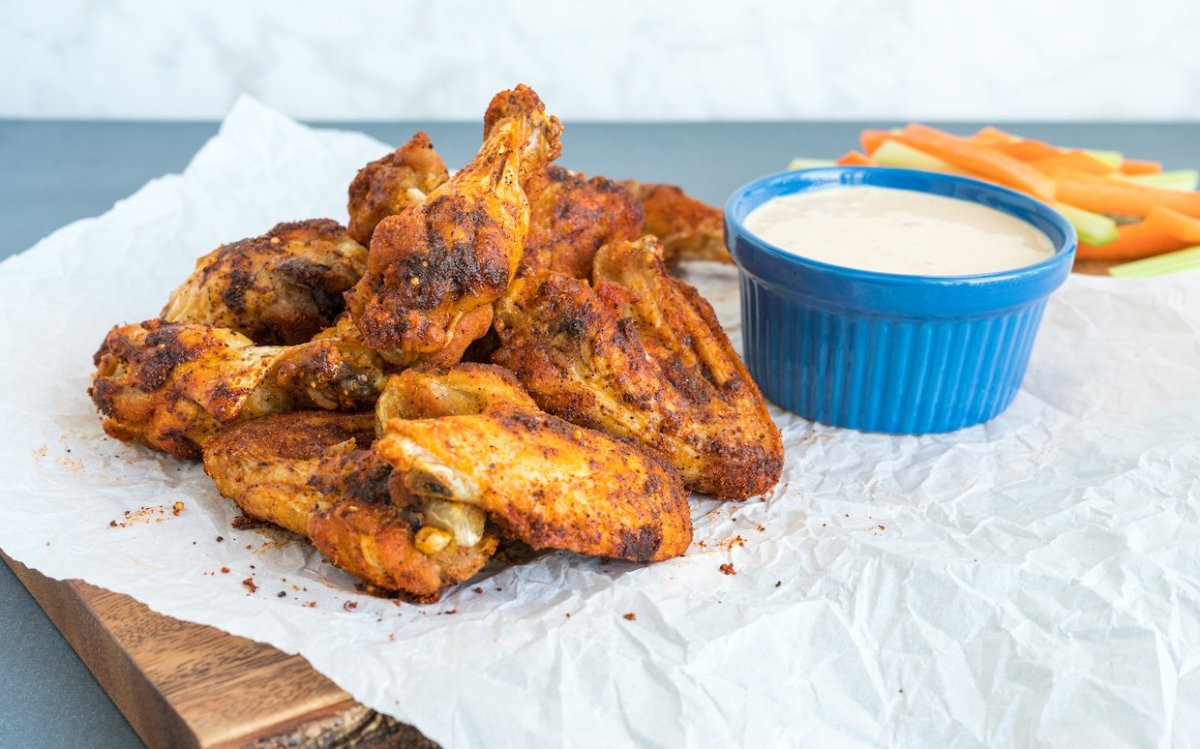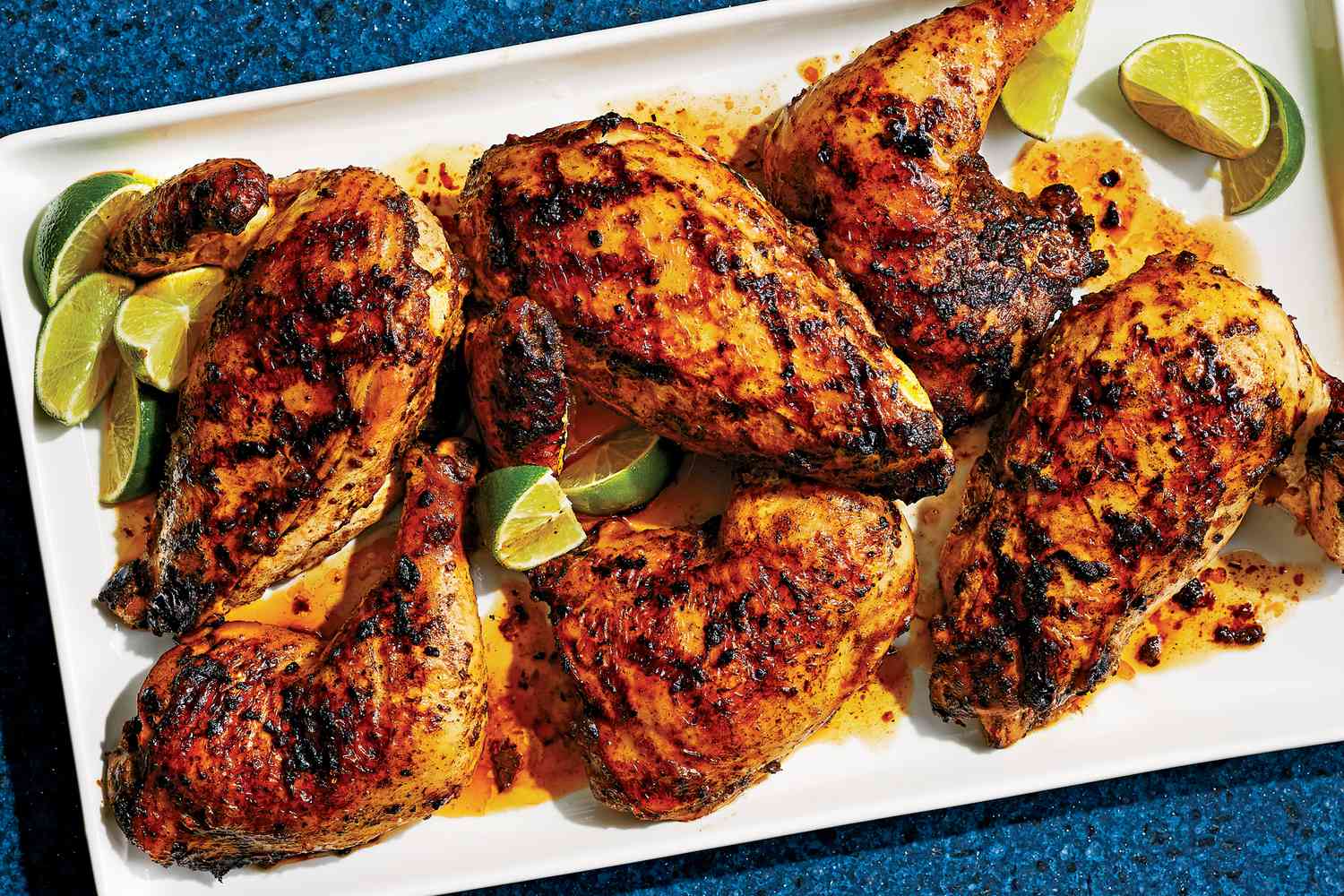Mastering the Art of Baking Cookies in High Humidity
There’s nothing quite like the smell of freshly baked cookies wafting through the air. However, if you live in a high-humidity environment, achieving the perfect batch of cookies can be a bit challenging. High humidity can wreak havoc on your baking endeavors, causing cookies to spread too much, become overly soft, or even fail to set properly. But fear not, with the right techniques and adjustments, you can still bake delicious, picture-perfect cookies even in high humidity.
Choose the Right Recipe
When baking in high humidity, it’s important to select a cookie recipe that is well-suited for such conditions. Look for recipes that contain a higher ratio of dry ingredients to wet ingredients. This means recipes with a higher proportion of flour and sugar, and possibly the addition of oats or nuts, which can help absorb excess moisture in the dough.
Chill the Dough
After preparing the cookie dough, consider chilling it in the refrigerator for at least 30 minutes before baking. This helps solidify the fats in the dough, preventing the cookies from spreading too much during baking. Additionally, chilling the dough allows the flavors to meld and develop, resulting in a more complex and delicious cookie.
Adjust Baking Time and Temperature
In high humidity, cookies may take longer to bake and set. Increase the baking temperature slightly and extend the baking time to ensure that the cookies have enough time to firm up and develop a golden-brown color. Keep a close eye on the cookies as they bake, and be prepared to make adjustments based on how they are spreading and setting in the oven.
Use Parchment Paper or Silicone Baking Mats
When baking in high humidity, it’s crucial to prevent the cookies from sticking to the baking sheet. Lay a sheet of parchment paper or a silicone baking mat on the baking tray before placing the cookie dough. This not only prevents sticking but also helps to regulate the heat distribution, resulting in more even baking.
Consider the Type of Fat
The type of fat used in the cookie dough can also impact the baking results in high humidity. Butter has a lower melting point than shortening, so in humid conditions, cookies made with butter may spread more. Consider using a combination of butter and shortening, or even replacing some of the butter with shortening to help the cookies maintain their shape during baking.
Monitor the Texture of the Dough
As you prepare the cookie dough, pay attention to its texture. If the dough seems overly soft or sticky, add a bit more flour to stiffen it up. This will help the cookies hold their shape better during baking. Be mindful not to overdo it with the flour, as this can result in dry and tough cookies.
Cooling and Storage
Once the cookies are baked, allow them to cool completely on the baking sheet before transferring them to a wire rack. Cooling the cookies on the sheet helps them to set and firm up. After they have cooled, store the cookies in an airtight container to prevent them from becoming soft and soggy due to the humidity.
By following these tips and making the necessary adjustments, you can bake delicious, perfectly shaped cookies even in high humidity. Don’t let the weather dampen your baking spirits – embrace the challenge and enjoy the sweet rewards of your efforts!
Was this page helpful?
Read Next: How To Bake Cookies In Ninja Foodi


